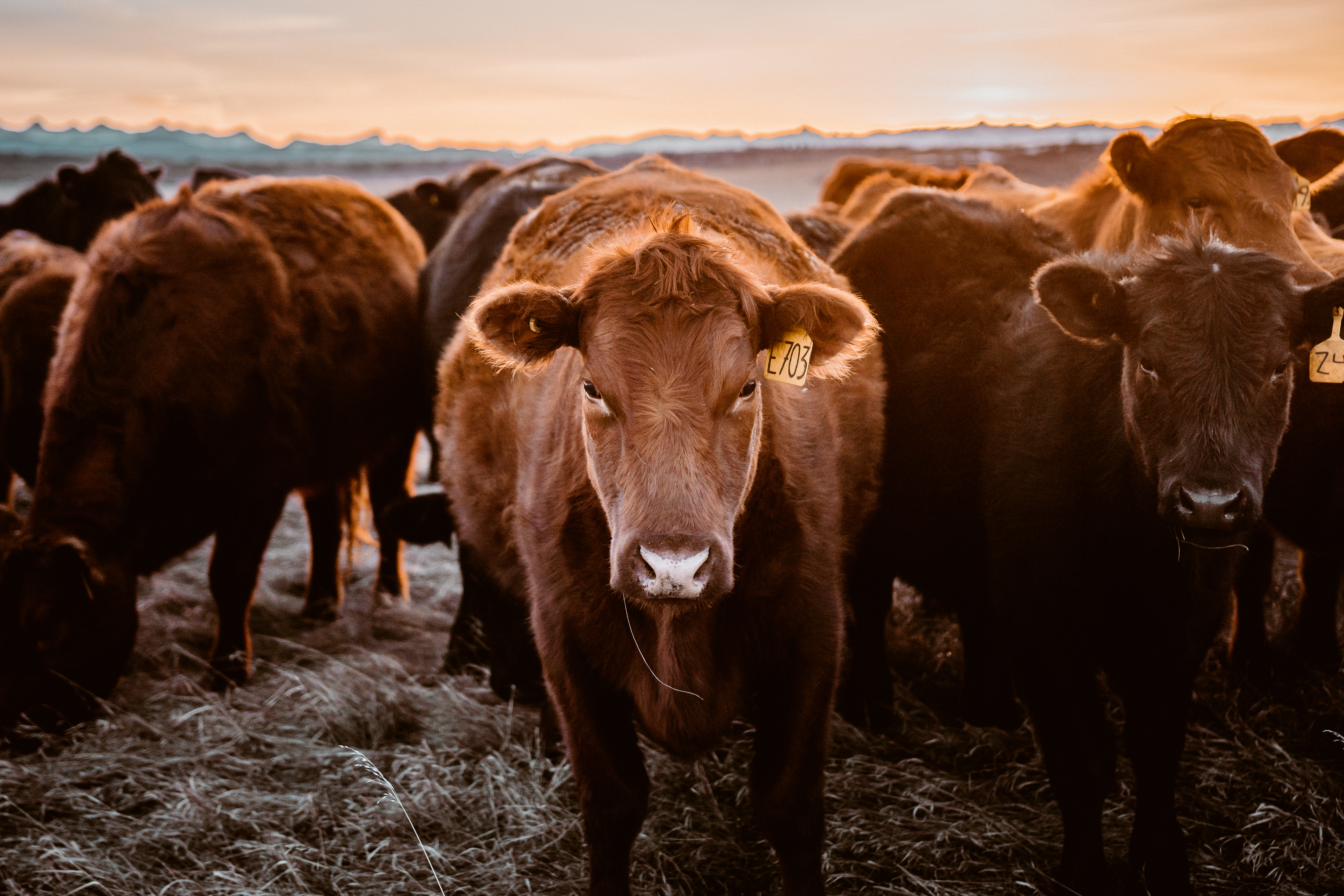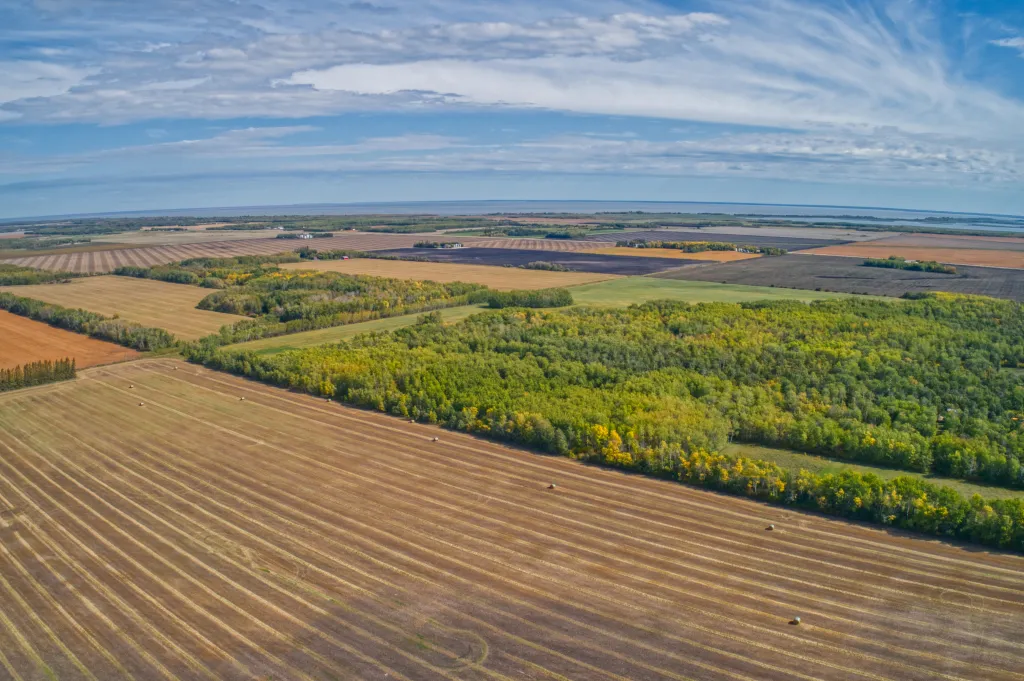As the weather warms and #plant25 approaches, it’s time to reflect on a winter that brought about change, opportunities, and risk. The coming months look to be shaped by ongoing tariff instability in the commodity markets.
Soybeans: Brazil anticipates a record-high production year, but uncertainty over tariffs and renewable energy remains
For soybeans, prices have found some upside moments on a combination of delayed Brazilian harvest, a dry stretch of weather in Argentina, and less-than-feared retaliatory tariffs by China against the U.S., with agriculture goods not directly impacted. These have all been positive developments for raising prices in the shorter term, but unfortunately there are still some large looming threats ahead that could weigh on prices in the weeks and months to come.
The first and most obvious is the large supply of beans in the world. Even with potential production losses in Argentina, Brazil will still harvest a record soybean crop. This is expected to take world inventory levels, also known as “ending stocks”, to yet another record high. This ending stock estimate even builds in an additional 21 mmts of demand globally.
Secondly, political risk is heightened as the threat of a looming trade war have been front and centre in the media. This situation remains fluid with many unknowns resulting in increased volatility and price swings.
Lastly, uncertainty remains around the prospects of the U.S. renewable fuel industry. January 1st marked the end of the old $1.00 blending credits and replaced with the new 45z credit system. As of writing, the interim ruling that came out in early January was much less favourable towards soybean oil as a feedstock for renewable diesel than the previous calculations. This interim ruling will fall to the U.S.’s new administration for approval, however an executive order to halt funding for the Green New Deal has caused uncertainty whether 45z credits will be implemented.
Canola: While prices remain competitive, U.S. policy and potential tariffs are a risk
The changes to the U.S. renewable fuel industry blending credits could have a big impact on our Canadian canola market. 70% of all the canola oil produced in Canada is exported. Of that 70% produced, 97% goes to the U.S. The U.S. uses approximately 57% of the canola oil they import from Canada as a feedstock for renewable fuel production. Unfortunately, that means we are very tied to any potential policy changes related to the 45z program.
It also means potential tariffs could have an oversized impact on canola prices. This, however, is where the similarities to the soybeans stop. Unlike with soybeans, supplies both domestically for canola and globally for rapeseed are tight. This was precipitated from late season dryness in Canada and growing season problems in Europe. As well as this, exports remain at a pace that is well ahead of the pace needed to reach the current balance sheet’s goal.
Canola remains priced competitively in the world, which should help to keep some value buying under this market in the short term. Longer term, if world oilseed prices fall on the backs of large soybean supplies, canola will likely follow. However, it should be positioned to weather the downside better than soybeans.
Grains: Concern that corn acreage could expand relative to soybeans in North America
Corn
Switching over to the grains, a surprise adjustment to corn yield in January shocked many, as a near-optimalgrowing season for many was stunted by a very dry August in the U.S. corn belt. Reflecting this, the U.S. ending stocks estimate fell from over 2.0 billion bushels in September to 1.54 billion bushels come January.
Also contributing to the falling ending stocks was a very competitive U.S. corn export program, causing the USDA to update their export forecasts higher. A strong export pace has been a feature of early 2025, as world ending stocks are projected by the USDA to be at the lowest levels since 2014.
Looking forward, analysts are concerned that corn could win acres against soybeans in North America as a whole. This is due to corn prices rallying in the early winter relative to U.S. soybeans, causing the ratio between new crop 2025 corn and soybeans to widen to levels that previously have encouraged large year-over-year increases in corn planted acreage. While the demand picture has been supportive of corn, an upcoming Brazil second crop corn harvest, ever-changing news regarding potential Mexican tariffs and the USDA March Planting Intentions report will provide key developments to follow.
Wheat
Wheat has seen world ending stocks continue to contract this year as issues in Russia and the EU have brought the stocks to use ratio to the lowest level since 2014. Prices have not begun to reflect tightness as ample Australian and Argentinian supplies have kept the cash pipeline adequately full. War-related risk has lost its influence in the market with Ukraine exports not far off prewar levels.
Going forward, trade will pay close attention to Northern Hemisphere growing season and specifically how both the Russian and U.S. crops come out of dormancy. Both crops suffered drought concerns in the fall and potential winter kill problems this past month. This will put create extra stress for an ideal growing season this spring.
Livestock: While the outlook is bright for both cattle and hog producers in Canada and the U.S., looming trade issues could provide headwinds to start the year
Cattle
Turning to the livestock markets: Low cattle inventories and tight supplies will continue to dominate the live cattle and beef markets during 2025. The year has started with record high cash prices for both feeder and live cattle. Total North American cattle inventories are expected to be slightly smaller compared to 2024. Herd expansion remains muted with heifer supplies down 3.4% below year ago levels and 1.6% below the five-year average, the smallest total since 2019.
In turn, live cattle, feeder cattle, and box beef wholesale markets are already looking forward and are pricing in a risk premium level due to the projected smaller supplies and uncertainties. However, the bullish enthusiasm in the beef market is not without its problems, as a host of potential issues have greeted both Canadian and U.S. cattle producers in early 2025.
The first was a carry-over from late 2024 with the closure of the U.S. border to Mexican feeder cattle. The border was closed on November 22nd, 2024 following the detection of New World Screwworm (NWS) in Mexican cattle. This has impacted nearly 100,000 head of feeder cattle which were destined to cross into the U.S. With feeder cattle supplies already historically tight due to drought conditions dating back into the early 2020-2022 period, the border closing only amplified the situation.
The second major risk premium is the threat of tariffs with the new change in the U.S. administration. The most direct impact of tariffs on the beef industry was likely in the wholesale beef market. Since wholesale beef is sold on longer term contracts, the price uncertainty as to whether costs would increase with the implementation of a tariff forced the meat packing industry to increase prices. Packers just do not know what cattle prices will be in eight to 12 months.
While the outlook for cattle prices is bullish, producers are now faced with new “external” factors such as government and trade. So as higher average prices are expected, one should also expect higher than average volatility. Both the domestic and international beef markets are subject to considerable macroeconomic and political uncertainty. There has not been any other time in history that the dollars at risk for beef producer were this large with raising costs and record high replacement costs. Managing price risk should be top of mind for the beef producer in 2025.
Hog and pork
The hog and pork market have also experienced exceptionally higher prices through the winter period. Similar to beef, the outlook for hogs and pork looks bright as we head through 2025. Smaller than anticipated hog supplies and stronger than expected pork demand, both domestic and export, have supported higher hog and pork prices.
Following a brief stint of stability within the North American hog sector, there would seem to be another wave of liquidation underway from the U.S. producer as supply numbers were less than what the industry was expecting. Growth and expansion within the industry remains nonexistent for the fifth consecutive year. Pork demand was another supportive factor which also contributed to the higher-than-average price for hogs during the winter period. On a price competitive basis, pork remains cheap compared to competing proteins. This has appealed to the price-conscious consumer looking for better value as their food dollar budgets are stretched with winter and post-holiday related bills.
The export side of the equation is where both opportunity, as well as risk, lies. Nearly a quarter of total U.S. pork production is exported, the majority of which goes to Mexico. With potential trade tariff threats levied by the U.S. against Mexico, the potential to see retaliatory tariffs could affect pork amongst a host of other commodities. Losing Mexico as a main buyer of U.S. pork will be detrimental and could have wide ranging negative consequences for U.S. hog and pork prices. Thus, hog producers should keep the geopolitical environment in their sights as a trade war with Mexico–and even Canada–would not be positive for hog prices.






